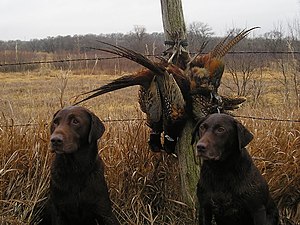 |
Following basic safe boating rules is necessary whenever you’re on the water, but it takes on a new level of importance when the water is cold. As a rule of thumb, if the sum of the air and water temperatures added together equals less than 100 degrees and you fall into the water, you could be looking at a hypothermic situation.
Hypothermia occurs when your body loses heat faster than it can produce it, and cold water robs the body of heat 25 times faster than cold air. When your core body temperature drops below normal (98.6 degrees F), you become hypothermic. Your preparation and how you handle yourself following a fall into cold water will determine your odds of survival.
Remember the “1-10-1” rule. If you fall overboard, you usually have one minute to get your breathing under control. An involuntary gasp occurs when your body encounters the cold water, and this can cause you to breathe in a large amount of water, which can lead to drowning. After the initial shock, you will experience about one minute of deep and uncontrolled breathing. Calming yourself will be easier if you're wearing a life jacket because it will keep your head above the water line and help you avoid breathing in mouthfuls of water.
Over the next ten minutes, your blood flow will start to move away from your hands and feet in order to keep your body’s core warm. The body instinctively attempts to keep vital organs warm and functioning. This affects nerves and muscles farther away from your core, limiting their ability to function. It is during this crucial time that any attempt at self rescue should be made. Get out of the water. Even if your boat is capsized and upside down, crawling onto the part of the boat that is still above water will increase your odds of survival. If you are not wearing a life jacket and can’t get out of the water, you will eventually lose the ability to tread water or swim due to the lack of response from your arms and legs.
Keeping your core protected can help keep you conscious longer, and using the Heat Escape Lessening Position (HELP) will keep your core warmer longer. Wearing a life jacket makes the HELP position easier; you just pull your legs up to your chest and hug your knees. This keeps your body compact and surrounds your chest with protection. If you are in the water with other people, you can huddle together and share warmth. Most people will lose consciousness in one hour, but if you are wearing a life jacket, your face will be above the water and you will still be able to breathe even if you start to fade.
Always dress for the weather by wearing layers that can be removed if the weather warms, and avoid cotton clothing. Cotton will keep the water trapped by your body instead of wicking it away, and it takes a long time to dry. But if you do end up soaking wet, never remove your clothing and shoes unless you have a dry set to change into. Even though the clothes are cold and wet, they provide insulation to your body and will actually keep you warmer. By understanding how hypothermia affects your body and the 1-10-1 rule -- one minute to control your breathing, 10 minutes to rescue yourself and one hour before you lose consciousness -- you can increase your chance for survival if you run into problems while boating in cold water. Of course, wearing life jacket is always the smart choice while boating during any time of the year.






